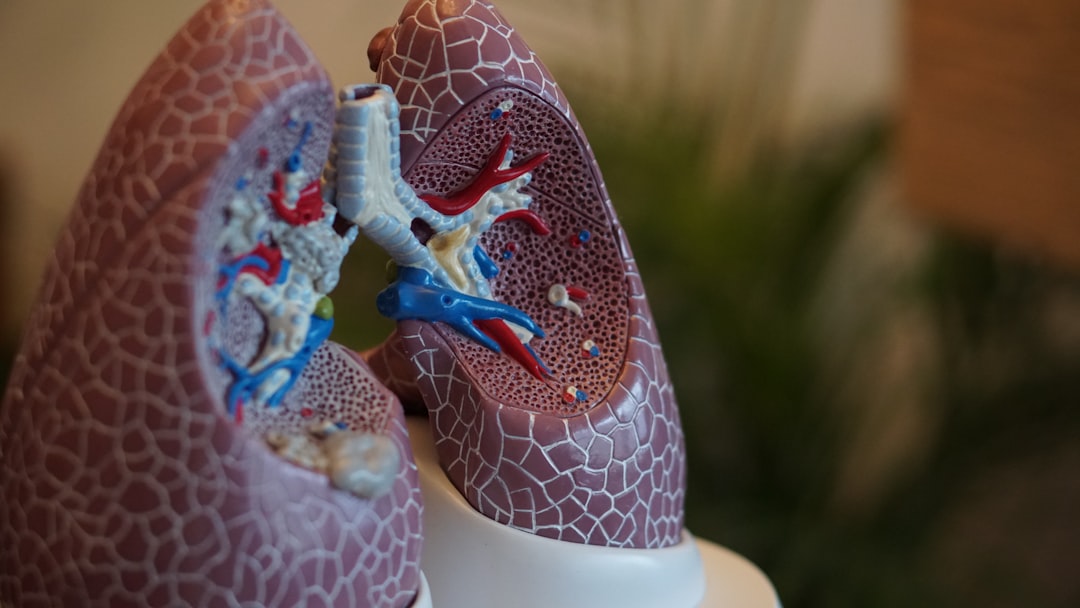What is it about?
Porous carbons have garnered significant attention in the field of energy storage applications due to their unique properties. However, conventional methods for producing these materials often involve high temperatures. This study presents a simple chlorine free alternative for transforming titanium silicon carbide (Ti3SiC2) MAX phases into porous carbons, specifically carbide-derived carbons (CDCs), at room temperature through selective etching of metal atoms (Ti and Si). Furthermore, the impact of activation temperature on the electrochemical properties of the resulting CDCs is investigated. The electrochemical results of CDCs activated at different temperatures reveals that those activated at 700 °C exhibit superior performance. Specifically, a specific capacitance of 198 F g-1 is achieved at a scan rate of 20 mV s-1 in a three-electrode configuration. A symmetric supercapacitor based on CDCs activated at 700 °C maintains a significant specific capacitance of 98 F g-1 at 1 A g-1. Furthermore, it demonstrates an impressive energy density of 13.7 Wh kg-1 at a power density of 1 kW kg-1. The superior electrochemical properties demonstrated by these materials highlight their potential for use in advanced energy storage systems, contributing to the ongoing evolution of energy storage technology.
Featured Image

Photo by gomi on Unsplash
Why is it important?
As the demand for energy continues to rise, the importance of energy storage within renewable energy technologies has become increasingly significant. Supercapacitors, positioned between batteries and conventional capacitors, play a crucial role in energy storage applications due to their favorable balance of power and energy densities. In recent years, Carbon materials specifically carbide derived carbon have garnered extensive attention for their use as electrodes in supercapacitors, driven by their cost-effectiveness, high specific surface area (SSA), excellent electrochemical stability, and superior electrical conductivity. With their tunable pore structures and controllable properties, CDCs hold great promise for advancing energy storage technologies. The ongoing exploration of carbon-based materials, particularly the rising interest in carbide-derived carbons, underscores the dynamic landscape of supercapacitor research. This article highlights the pivotal role of carbon materials, especially CDCs, in the development of high-performance supercapacitors, contributing to the evolution of efficient and sustainable energy storage solutions.
Perspectives
The article sheds light on a simple chlorine free alternative for transforming titanium silicon carbide (Ti3SiC2) MAX phases into porous carbons, specifically carbide-derived carbons (CDCs), at room temperature through selective etching of metal atoms (Ti and Si). Furthermore, the impact of activation temperature on the electrochemical properties of the resulting CDCs is when used as the electrode materials for symmetric supercapacitors is presented.
R B Rakhi
Read the Original
This page is a summary of: Carbide-derived carbon by room temperature chemical etching of MAX phase for supercapacitor application, Applied Physics Letters, January 2024, American Institute of Physics,
DOI: 10.1063/5.0178716.
You can read the full text:
Contributors
The following have contributed to this page










